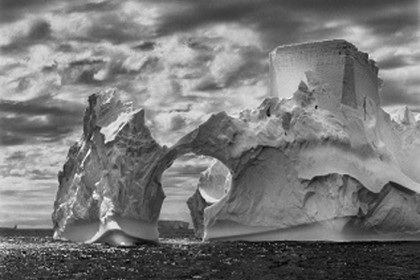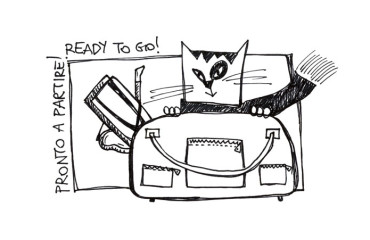
The planet is the Earth, the instrument is a camera, the look is Sebastião Salgado’s, one of the most important living documentary photographers. So important that Wim Wenders has just dedicated a biopic, Shade and Light, made with his son Juliano Ribeiro Salgado and presented at the last Berlin Film Festival.
The researches of the Brazilian man, born in 1944, have always concentrated on the land as a magnificent resource to behold, to know, to love. After documenting the end of the industrial handcraft on a large scale in La Mano dell’Uomo (Man’s Hand – Contrasto, 1994) and in two critically acclaimed books, In Cammino (Walking) and Ritratti di bambini in cammino (Portraits of Children Walking) (Contrasto, 2000), the humanity in motion – that humanity not only of refugees and displaced persons, but also of migrants who converge towards the huge megacities of the Third World – now Salgado exhibited in Venice, at the Casa dei Tre Oci, 240 shoots taken during ten years of travel across five continents: from tropical forests of Amazon, Congo, Indonesia and New Guinea to glaciers of Antarctica, from taiga of Alaska to deserts of America and Africa, to mountains of Chile and Siberia.
Printed with deep whites and blacks, lyrical and powerful, the photographs depict parts of the world still untouched, the grand beauty of all elements – earth, flora, animals and man – who live together in a “miraculous” harmony, in a perfect balance between human beings and environment. Images of animals are combined with breathtaking landscapes, impressed by the objective of Salgado thanks to a painstaking identification with their habitat: the photographer has lived among the giant tortoises of the Galapagos, attended the annual migration of zebras in Kenya and Tanzania. And then the proximity to indigenous peoples, always observed with a boundless love and with the aim of giving rise to a sort of great planetary anthropology that can help reunite people and nature.
Prints are arranged in five sections: The Planet South, Shrines of Nature, Africa, the Far North, the Amazon and the Pantanàl. The common thread that unites them and that can be perceived clearly in this new Genesis that returns to the roots, to purity and innocence, is the need to protect our planet, to engage in behavior more virtuous and respectful of nature, to protect the corners of virgin land and create an unprecedented harmony where, because of man, it has ceased to exist. A noble message transmitted through a passionate look that on the one hand cries out for warning the world in danger and on the other enchants and leaves you breathless.
 English
English  Italiano
Italiano 



